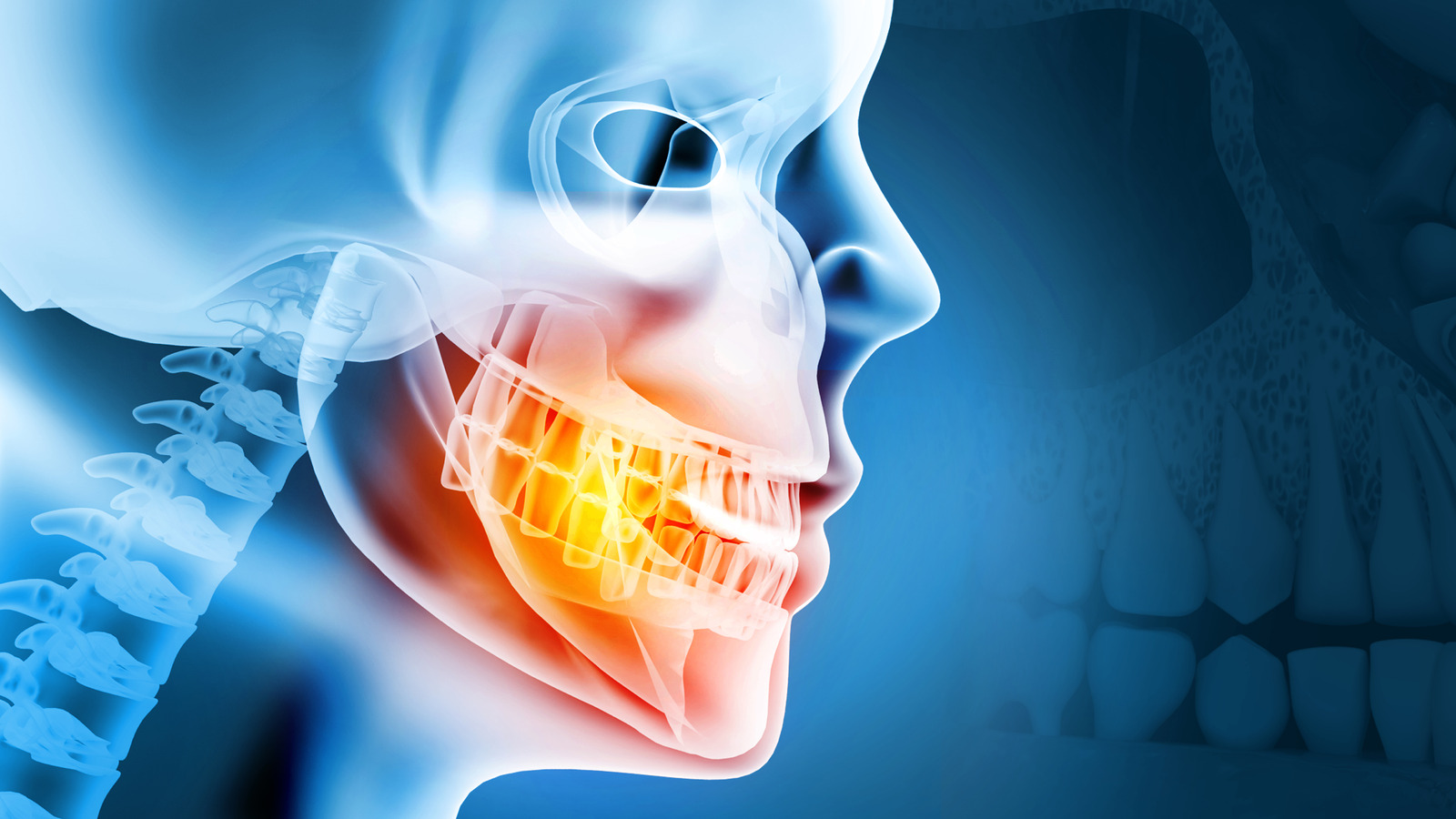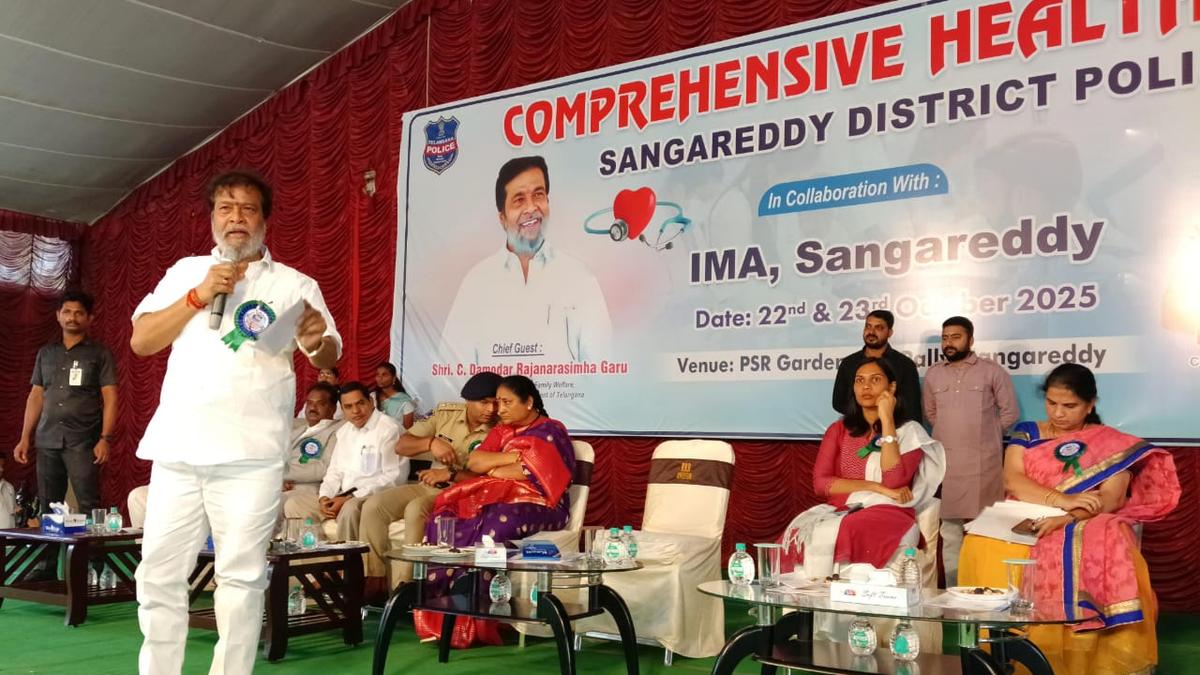Copyright BGR

Tooth loss and bone degeneration are problems that modern medicine still struggles to fix. Data from the National Bone Health Policy Institute shows that 10 million Americans over the age of 50 have been diagnosed with osteoporosis, and even more than that have low bone density — even astronauts experience shocking levels of bone loss. Data from the Center for Disease Control (CDC) reveals that at least 11% of senior adults have lost all of their teeth. But what if that loss could be reversed? What if teeth and bones could regenerate? The alveolar bone, which anchors teeth and absorbs the pressure of chewing, naturally undergoes heavy wear and tear throughout life. Its degeneration impacts billions worldwide that suffer from periodontal disease. Now, researchers may have found a breakthrough to reverse this loss. It involves two key stem cell types that could unlock the body's ability to regrow teeth and rebuild bone. The research methods and findings were published in the journal Nature Communications in 2025 under the title "A Hedgehog–Foxf axis coordinates dental follicle-derived alveolar bone formation." Researchers discovered that precise on-and-off regulation of the stem cells' signaling pathway is crucial for these cells to develop into bone-forming osteoblasts. This finding could open the door for a future in which we can regenerate both teeth and jawbone tissue. Stem cell research has always been promising to human health — like the stem cells that helped a paralyzed man stand. And in the case of the 2025 Nature Communications study, in order to trace how certain stem cells contribute to bone formation, researchers used genetically engineered mice that allowed them to track PTHrP-expressing dental follicle cells during tooth development. By activating these markers early in life and observing the mice weeks later, they found that these cells primarily became osteoblasts and osteocytes. Those are the cells responsible for building and maintaining bone in the alveolar region, and the researchers found that those cells play a specialized role in forming the bone structures closest to the developing tooth. To understand how signaling influences bone development, the researchers examined the activity of the Hedgehog pathway, which is a key regulator of cell growth. They found that Hedgehog-related genes were highly active early on, when the tooth root and surrounding bone were just beginning to form. This Hedgehog activity was nearly absent once the tooth root was fully developed. This pattern revealed that alveolar bone formation depends on turning off Hedgehog signaling at the right time to allow proper cell maturation. Additionally, the researchers compared healthy bone to periodontitis. While the Hedgehog-related genes remained inactive on the healthy bone, there was a change in the unhealthy one. Hedgehog signaling increased during bone loss, revealing that the presence of disease changed the way genes responded. The researchers noted that mutations in Hedgehog-related genes are already known to cause disorders like Gorlin-Goltz Syndrome, which leads to facial and jaw abnormalities. Encouragingly, treatment with an FDA-approved Hedgehog-blocking drug, LDE225, was shown to restore normal bone cell development and stability without harming healthy tissue. This suggested that targeting Hedgehog signaling could lead to new therapies that help regenerate bone and protect against severe gum disease. The team also uncovered how a specific group of genes, known as Fox genes, fit into this regenerative puzzle. These genes play crucial roles in facial and skeletal development, and the study found that one in particular, known as Foxf1, becomes overactive when the Hedgehog pathway is switched on. By dialing back Foxf1 activity, the researchers were able to restore normal bone growth patterns. This revealed that Foxf1 acts as a key middleman in controlling how stem cells turn into bone-forming cells. This discovery points to Foxf1 as a potential target for future regenerative treatments. The publication points out that future research can dive deeper into dental cells to get a comprehensive understanding of regenerative functions. The researchers believe their work around the Hedgehog–Foxf signaling pathway could be an excellent foundation for developing advanced therapies. Alongside research into the gene GPR133 (or ADGRD1) that could reverse osteoporosis, the future may look brighter for those suffering from bone loss.



